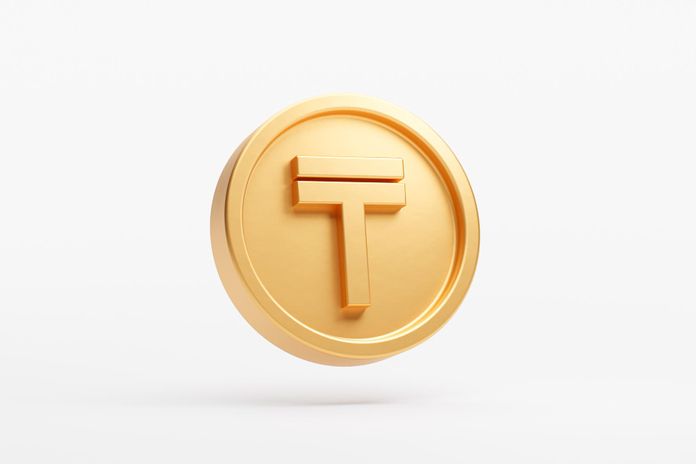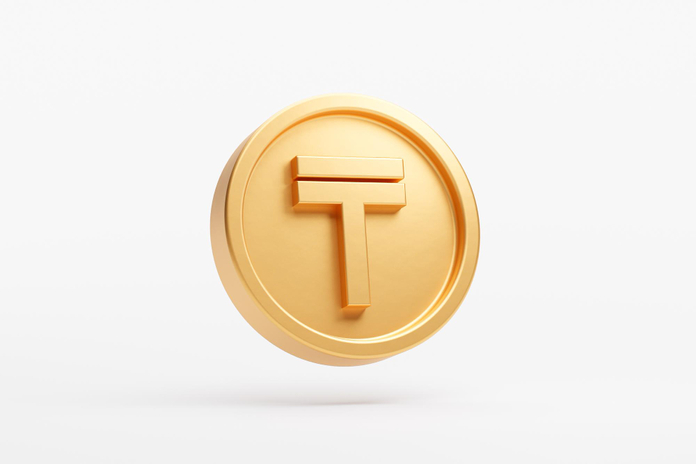Guild of Guardians Tops NodeMonkes in Daily NFT Sales

Immutable’s Guild of Guardians Avatars overtook NodeMonkes to claim the top spot on CryptoSlam’s daily non-fungible token sales charts on Thursday.
The Immutable game-linked collection led NFT sales with a daily volume of $828,697, representing a 19% increase from $696,862 the previous day.
NodeMonkes, a Bitcoin-based collection that topped Wednesday’s sales, fell to third place with sales dropping to $756,950 from $935,770. Earlier this week, NodeMonkes became the 26th best-selling collection in the industry, surpassing $228 million in all-time sales.
DMarket, a Mythos collection for in-game items from popular online games, secured second place with $774,176 in sales, reinforcing the dominance of game-related NFTs on the weekly charts.
Bored Ape Yacht Club, the second-best selling NFT collection of all time, maintained the fourth spot with $567,631 in daily sales, pushing its all-time sales volume to $3.15 billion.
Polygon’s Unstoppable Domains soared to the fifth position with a daily sales volume of $491,535, up from just $1,075 the day before. This surge followed the announcement of a new self-custody wallet in collaboration with digital asset custodian Fireblocks.
New entries to the top 10 include the Validat3rs collection, debuting with a daily sales volume of $362,942 on Solana.
Despite NodeMonkes dropping from the top spot, the Bitcoin network led the daily blockchain sales for the second consecutive day with $5.51 million, a 9.86% increase from the previous day’s $5.01 million.
Meanwhile, Ethereum’s monthly blockchain sales total stands at approximately $159 million, on track to end the month with the lowest NFT sales since October 2023.
Featured Image: Freepik




